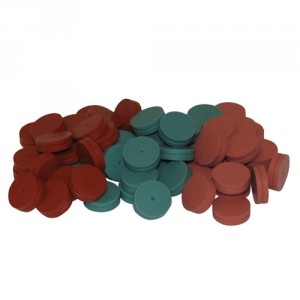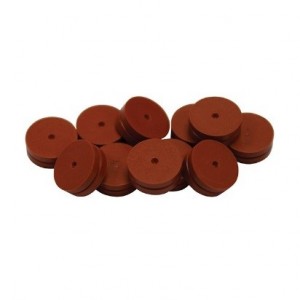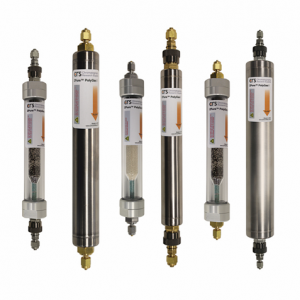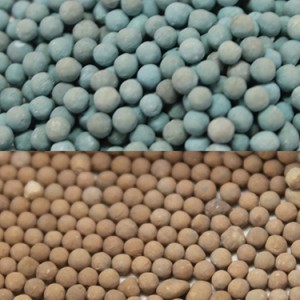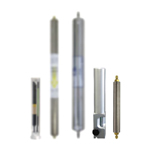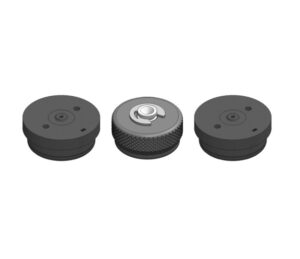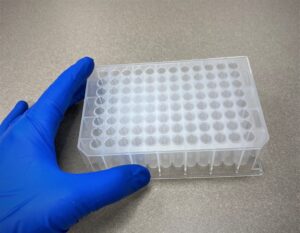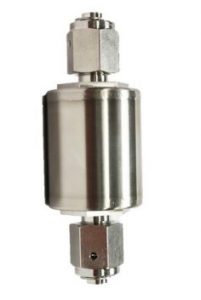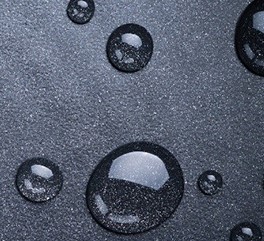A nerve-wracking question GC analysts might have asked themselves at some point is, “Will my septum last through the entire weekend autosampler run?” In this blog we’ll look at some of the factors that help answer that question, but starting with, what is injection life anyway? The simple answer is that septum life is the number of injections you can get out of a septum before you notice any degradation of your analytical results. I word it this way because in modern GCs, if an inlet leak is detected, which occurs depending on the brand at, say, 3 or 4 mL/min, it will shut down the instrument, ending the run but at least keeping un-analyzed samples in their intact vials.
Read MoreDavid has over 30 years experience in analytical GC, from gas analysis and trace pesticides to making and testing packed and capillary colums, with former excursions into standard techniques: LC, IR, AA. He’s currently involved with new product development, applying CRS’s strengths in clean inlets and polymers. He has a chemistry degree from Northwestern University and has been with CRS for over 20 years.
-
Those Darn Phthalates
Phthalates provide an almost endless opportunity for fascinating annoyance in the lab...
Read More -
DIY Air Testing
Our stringent QC testing of every batch of our premium low-bleed septa has led us to develop some pretty unique test methods. Learn More...
Read More -
Plastic Gas Traps - Uses Beyond GC
Plastic-body traps such as our SPure Line can provide a lower-cost solution for non-GC applications.
Read More -
Save Money, Time, and Aggravation with Clean Gas!
How do you save money with gas filters?
Read More -
Indicator Sensitivity – It Matters!
Many gas purifiers include internal indicators, usually for oxygen or water. They change color as they react with the contaminant, which signals depletion of the main adsorbent bed in the purifier.
Read More -
Ultra-High Purity Hydrogen Gas
An easy way to combine the convenience and safety of a permeation-based hydrogen generator with the ultra-high-purity outlet needed for capillary GC is to place a dedicated point-of-use gas purifier downstream of the generator.
Read More -
Gas Purifier Specs – Who’s Counting?
High-purity gas is essential for the best GC results. Many point-of-use gas purifiers are available on the market to clean lower grades of gas to carrier grade gas. The point-of-use purifiers come in all kinds of sizes, prices and (claimed) capacities
Read More -
SPME-GC, Which Septa Should I Use?
Adding a chamfer to septa significantly improves performance by guiding the needle to the same location each time, reducing coring. However, without pre-piercing there is still a high risk of contamination by the SPME needle punching a septum core into the liner, presumably on the first piercing...
Read More
